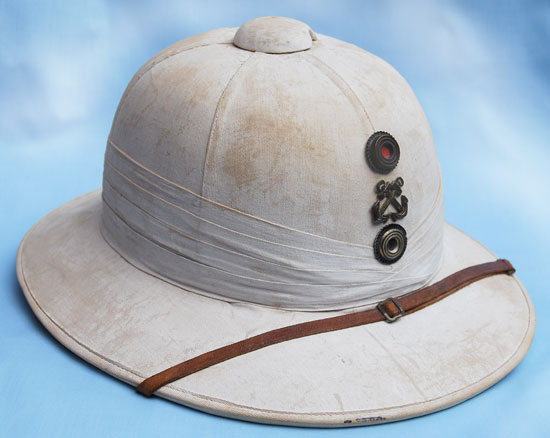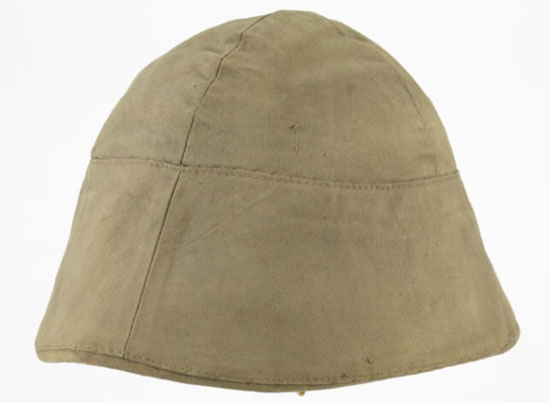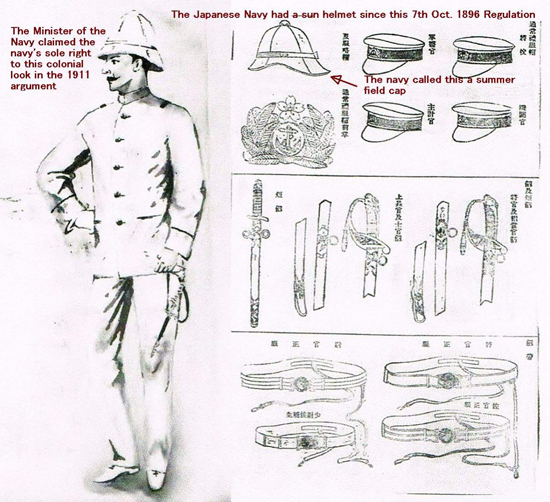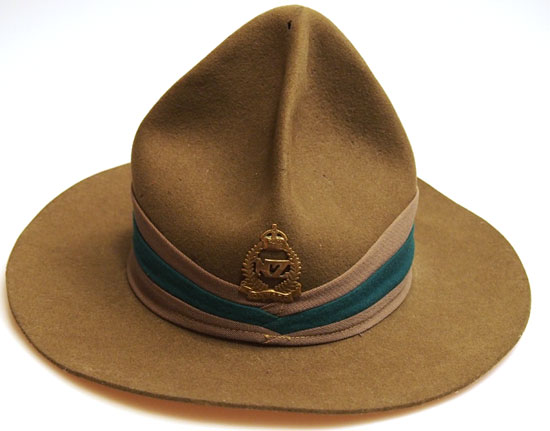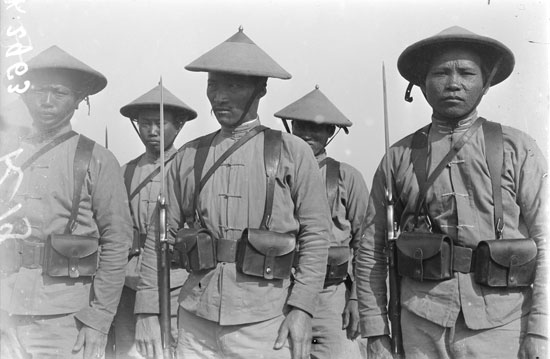
As previously noted the conical hat – known as the “nón lá” or leaf hat – was in fact widely used in the Vietnam and neighboring regions throughout the 19th century by farmers and soldiers (including bandits) alike.
What is unique about the Vietnamese nón lá is that it has its own origin, based on a legend to the growing of rice in the region. This tells of a giant woman from the sky who protected humanity from a deluge of rain, and she wore a hat made of four round shaped leaves to protect her from the rain – and that inspired farmers to stitch together their own style of helmet. This has evolved over the centuries and various styles have become common in the different parts of Vietnam. Continue reading

